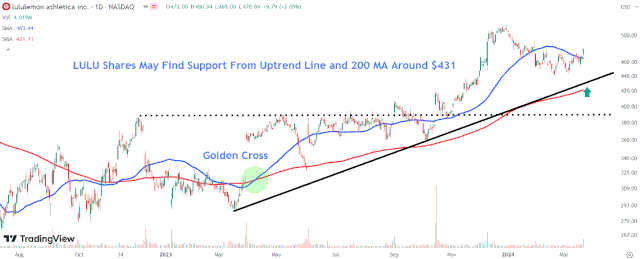A type of security that is becoming increasingly popular in the financial world is collateralized loan obligations (CLOs). These securities are backed by a pool of debt, which typically consists of loans given to corporations with low credit ratings or private equity firms.
The basic concept behind CLOs is that a group of loans are bundled together and sold as a single security. This security is then divided into different tranches, each with its own level of risk and return. The senior tranche, which is the least risky, receives the first payments from the underlying loans. The junior tranches, which are more risky, receive payments only after the senior tranche has been paid in full.
CLOs have become increasingly popular because they offer investors a way to earn higher returns than they would from traditional fixed-income securities. This is because the underlying loans in a CLO typically have higher interest rates than other types of debt. Additionally, the tranches of a CLO are structured in such a way that investors can choose the level of risk they are comfortable with. This means that investors who are willing to take on more risk can potentially earn higher returns.
However, CLOs are not without their risks. One of the biggest risks is that the underlying loans may default, which would result in losses for investors. Additionally, CLOs are often illiquid, meaning that it can be difficult to sell them if an investor needs to raise cash quickly.
Despite these risks, CLOs have become increasingly popular in recent years. In fact, the market for CLOs has grown significantly since the financial crisis of 2008. This is due in part to the fact that banks have become more reluctant to lend money to companies with low credit ratings. As a result, these companies have turned to alternative sources of funding, such as CLOs.
Another factor driving the growth of the CLO market is the low interest rate environment. With interest rates at historic lows, investors are looking for ways to earn higher returns. CLOs offer a way to do this, as the underlying loans typically have higher interest rates than other types of debt.
Overall, collateralized loan obligations are a type of security that is becoming increasingly popular in the financial world. While they offer investors the potential for higher returns, they are not without their risks. As with any investment, it is important to carefully consider the risks and benefits before investing in a CLO.


